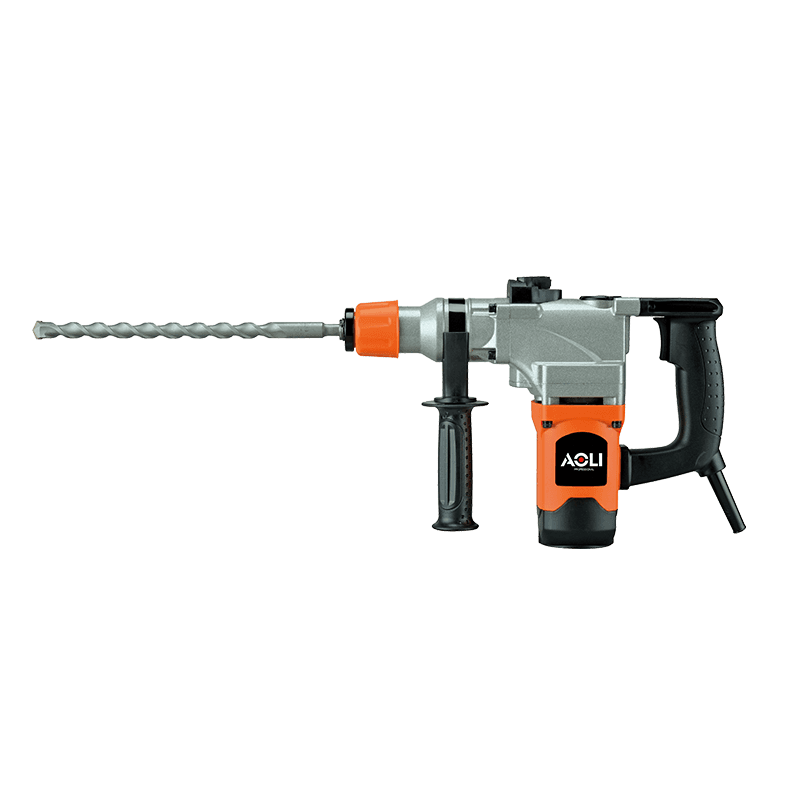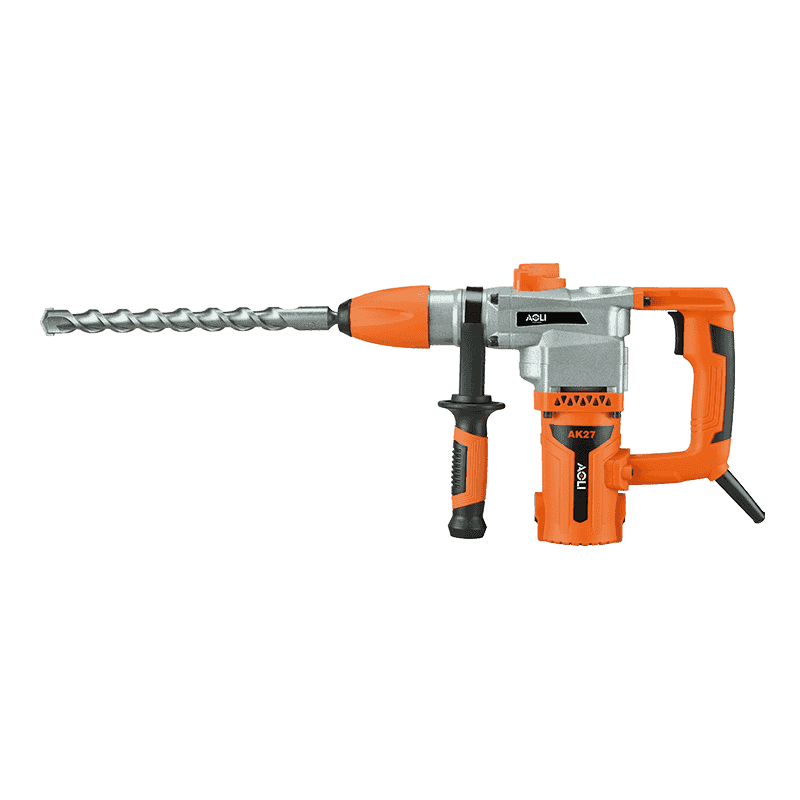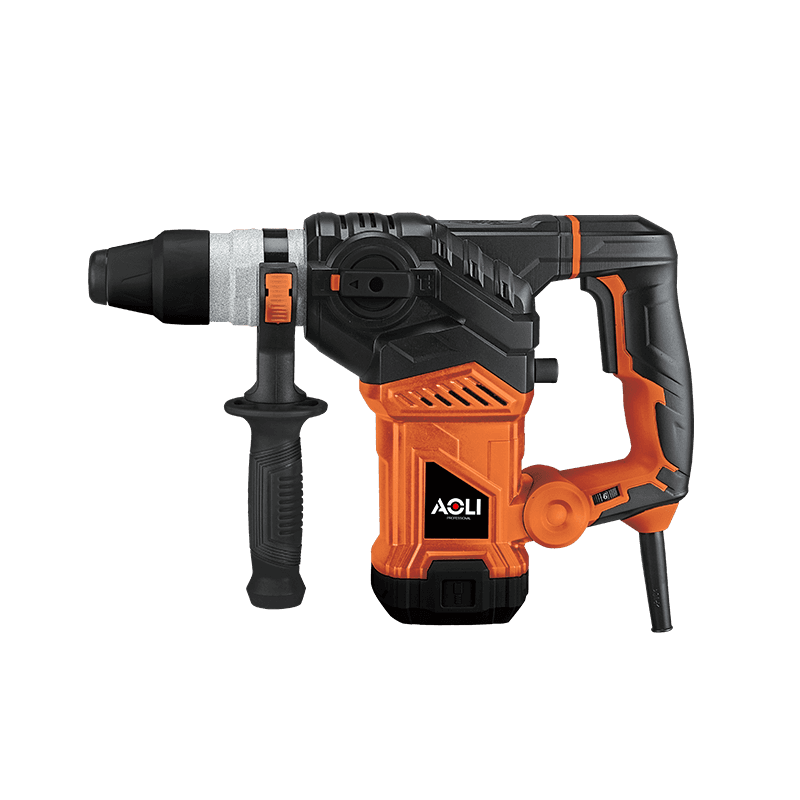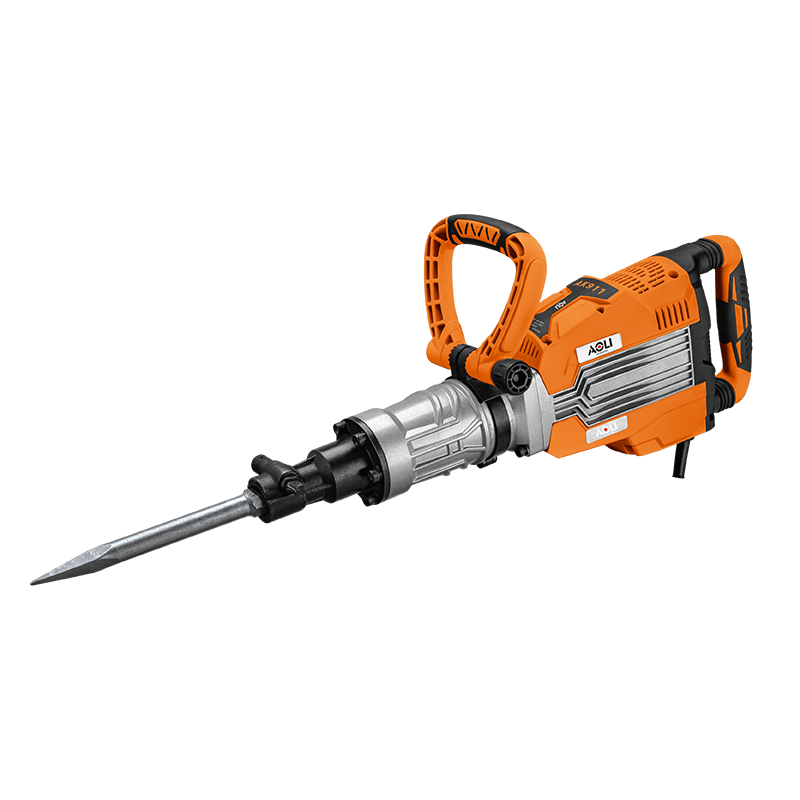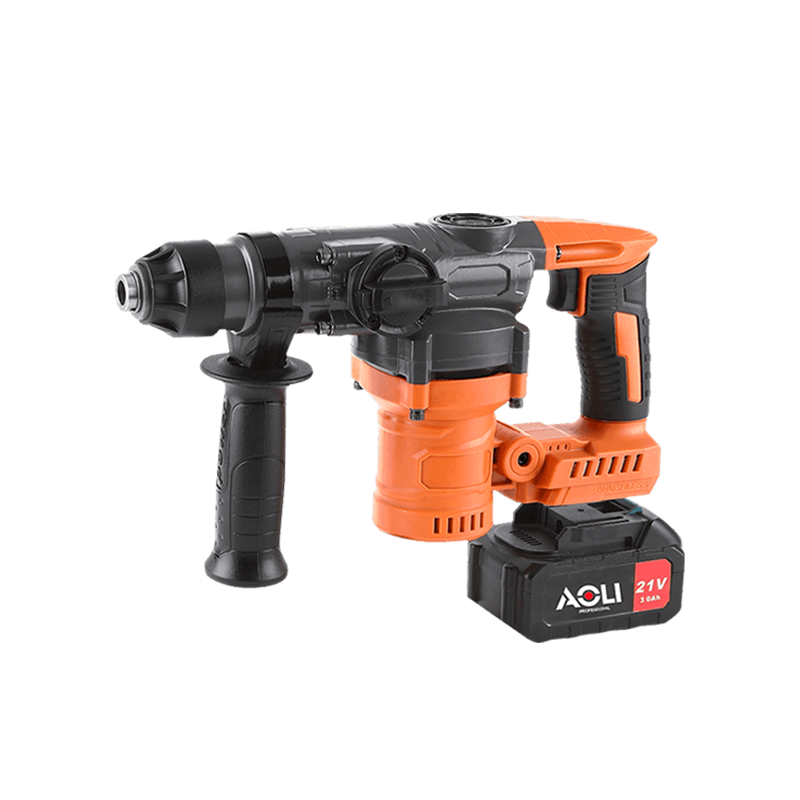In construction and renovation projects, drilling holes in concrete is a common task that requires precision and efficiency. Electric rotary hammers have become indispensable tools for professionals and DIY enthusiasts alike, offering the power and versatility needed to tackle such demanding applications. However, drilling through concrete can be tough on drill bits, leading to premature wear and damage if not done correctly. In this industry news article, we will discuss some tips to help prevent drill bit damage when drilling concrete with electric rotary hammers.
1. Choose the Right Drill Bit:
Selecting the appropriate drill bit is essential for achieving successful and efficient concrete drilling. Opt for carbide-tipped or diamond-tipped drill bits specifically designed for drilling into concrete. These bits are engineered to withstand the abrasive nature of concrete and provide superior performance and durability compared to standard steel bits. Using the right drill bit for the job will minimize the risk of damage and ensure clean, precise holes.
2. Use Proper Technique:
Proper drilling technique is crucial for preventing drill bit damage and achieving optimal results. When using an electric rotary hammer drill, apply steady and even pressure while drilling to avoid unnecessary strain on the drill bit. Avoid pushing too hard or forcing the drill bit through the concrete, as this can lead to overheating and premature wear. Instead, let the drill bit and the rotary hammer's hammering action do the work, maintaining a consistent drilling speed for smooth and efficient progress.
3. Maintain the Correct Speed and RPM:
Maintaining the correct drilling speed and revolutions per minute (RPM) is essential for prolonging the life of drill bits when drilling concrete. Excessive speed or RPM can cause the drill bit to overheat and wear out prematurely, while too slow a speed may result in inefficient drilling and unnecessary strain on the bit. Refer to the manufacturer's recommendations for the optimal drilling speed and RPM based on the size and type of drill bit being used. Adjust the rotary hammer's settings accordingly to ensure smooth and efficient drilling without risking damage to the drill bit.
4. Cool the Drill Bit:
Drilling through concrete generates heat, which can accelerate wear and damage to drill bits if not properly managed. To prevent overheating and extend the life of the drill bit, periodically cool it down during drilling. This can be done by simply withdrawing the bit from the hole and allowing it to cool for a few seconds before resuming drilling. Alternatively, use a water spray bottle to lightly mist the drill bit and the drilling area to dissipate heat and lubricate the cutting edges, reducing friction and minimizing wear.
5. Inspect and Maintain Drill Bits:
Regular inspection and maintenance of drill bits are essential for identifying signs of wear or damage early on and preventing further deterioration. After each drilling session, thoroughly inspect the drill bit for any chips, cracks, or dullness that may indicate damage. Replace worn or damaged drill bits promptly to maintain drilling efficiency and prevent potential accidents or injuries. Additionally, store drill bits properly in a clean, dry environment to prevent corrosion and contamination, which can also affect performance and longevity.
In conclusion, drilling concrete with electric rotary hammers can be a demanding task that requires careful attention to prevent drill bit damage. By following these tips and adopting proper drilling techniques, users can prolong the life of their drill bits, achieve efficient and precise drilling results, and minimize the risk of costly repairs or replacements.

 English
English Español
Español русский
русский

